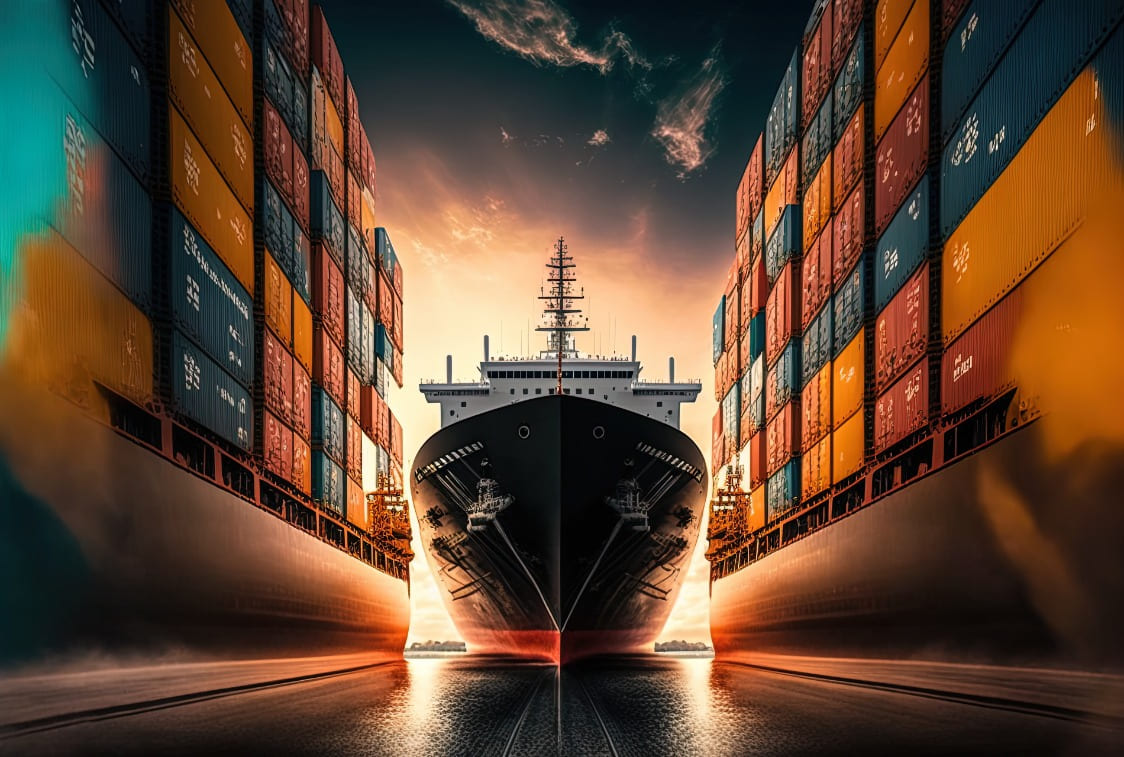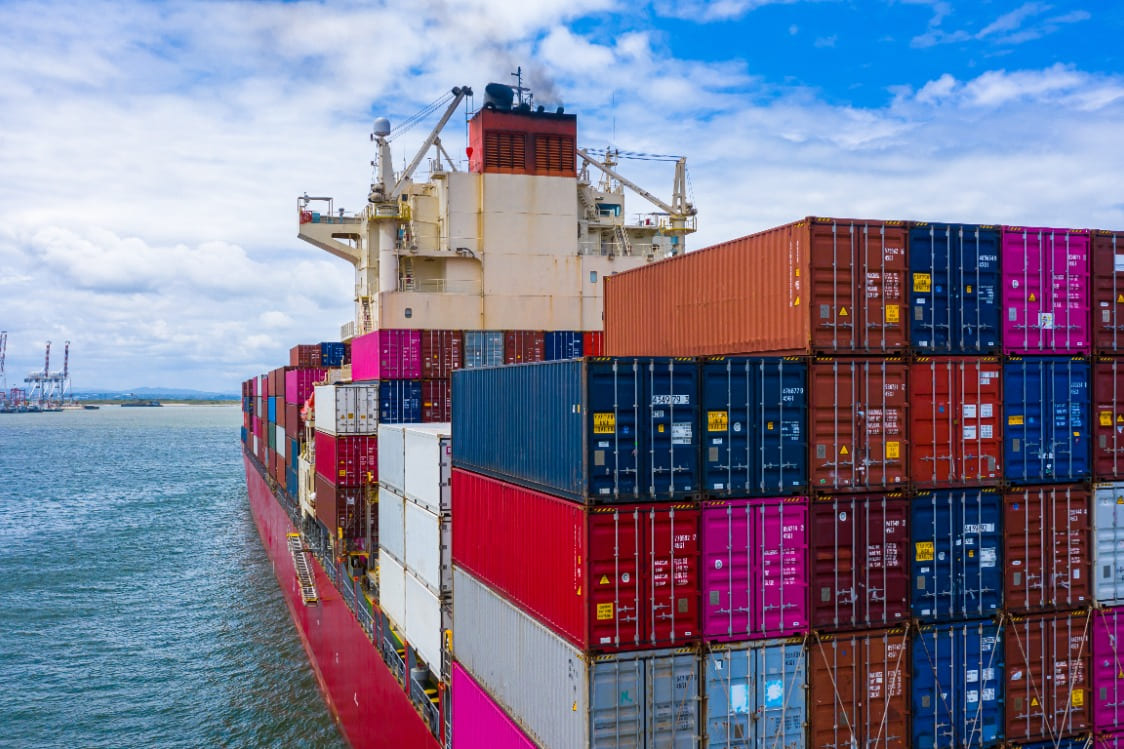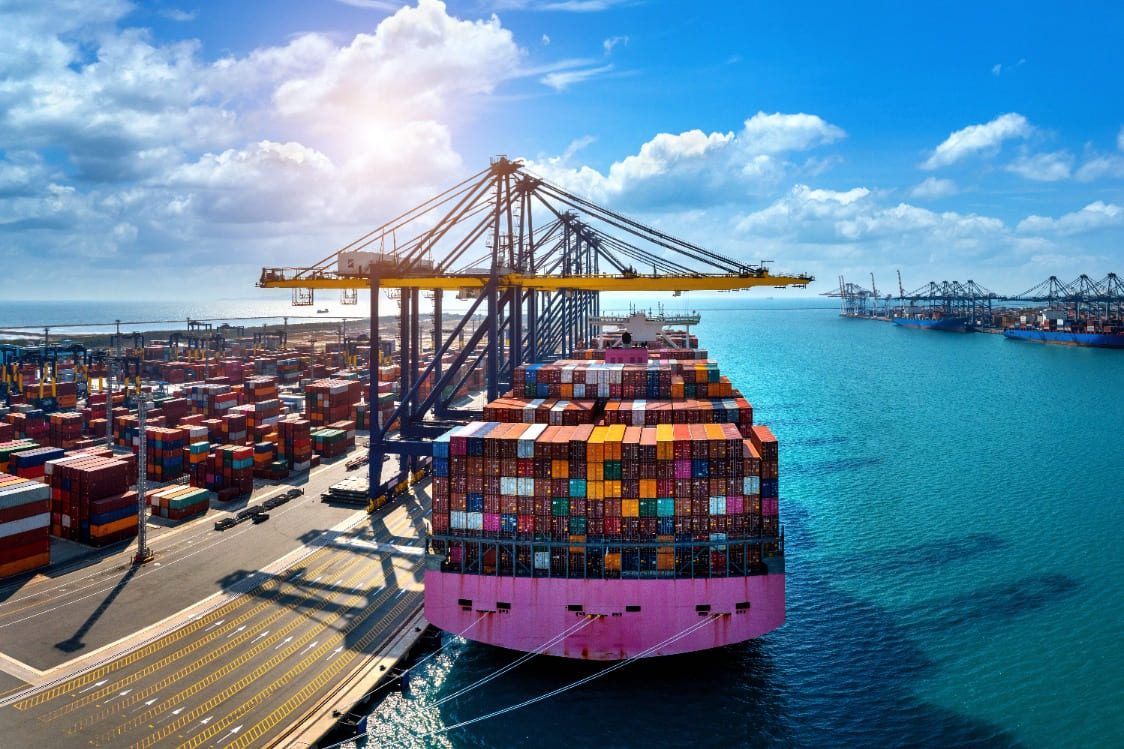Sailing into the Future: Key Shipping Trends to Watch in 2024

Posted on Apr 02, 2024 at 10:04 PM
The maritime industry is one of the fastest growing industries with amazing shipping trends to follow and apply.
More than that, all the shipping and logistics trends work toward achieving better outcomes in the global maritime industry. With key improvements in the trade, container capacity, supply chain, and more.
In this article, we are going to introduce you to the best maritime shipping trends in 2024, with global information and details to help you follow the maritime market trends.
6 Maritime Shipping Trends in 2024:
If you are interested in knowing more about shipping trends, then you can get the best information from the professional shipping management courses.
Furthermore, the shipping trends allow any business to achieve the required balancing of their economic static, while shaping the best blockchain technology for each activity.
-
AI-Driven Communication Platforms:
Communication technology is a highly appreciated innovation in the shipping sector, whether we are talking about communication between the crew members, among ships on the sea, operators in ports, or between ships and ports. To ensure safety and exchange movement reports.
Thus, AI-powered communication platforms are becoming more and more popular in the maritime industry. Due to their role in enhancing real-time data exchange, tracking ship traffic, improving decision-making, and optimising operational efficiency.
Moreover, these platforms increase efficient collaboration among stakeholders, streamline workflows and lower delay rates.
-
Smart Port Integration:
There are several levels of shipping and logistics trends when talking about smart ports, as the concept of smart port integration includes IoT sensors, data analytics, and logistics automation to increase the efficiency of port operations from container movement to cargo handling.
This shipping trend enhances port efficiency and growth rate, reduces congestion, and lowers turnaround times for vessels.
Additionally, the enabling of global synchronised and data-sharing technology among port facilities, shipping and container companies, global freight, and supply chain markets will for sure lead to easier cargo delivery, lower load time, and vessel berthing processes. And all of that will enhance the global ecommerce chains.

-
Autonomous and Unmanned Vessels:
We can say, that unmanned vessels and carriers are one of the greatest shipping trends in the maritime industry, which is expected to drive amazing results to the maritime trading landscape, especially in trade demand, prices, and safety.
Therefore, the appearance of autonomous and unmanned trends represents a significant shift in maritime transportation trends due to their additional technological advancements such as artificial intelligence, machine learning, and sensor systems.
All the implemented technologies will allow automated vessels to navigate autonomously, reduce human intervention and operational costs, transform shipping logistics, and improve fleet sustainability.
-
Routes Optimisation:
Routes optimisation for maritime freight aims to reduce costs, minimise fuel consumption, emissions, and transit times, and avoid any marine risks or congestion.
And shipping trends can employ data analytics, weather forecasting, and machine learning algorithms to set the most efficient and cost-effective shipping routes.
That is why all shipping companies are interested in this shipping trend to enhance profitability and reduce their environmental footprint.
Moreover, advanced routing solutions allow for effective freight management, and mitigate risks associated with adverse weather conditions, piracy, and congested waterways.
-
Sustainable and Green Energy:
The shipping industry is increasingly adopting sustainable and clean energy shipping trends to mitigate this giant industry's environmental impact and comply with the latest international and IMO regulatory standards.
This maritime shipping trend encourages the adoption of alternative fuels such as liquefied natural gas (LNG), biofuels, and hydrogen fuel cells, along with the integration of energy-efficient technologies like wind-assisted propulsion and solar panels.
With a goal to make a real transition to cleaner energy sources in every supply chain freight, achieve carbon neutrality, and embrace global efforts to decrease climate change.
Moreover, these sustainability shipping trends also impact the needed energy for port operations, including container movement, cargo storage, and other ongoing processes.
-
High Cybersecurity Measures:
With the growing global digitisation trends in the different maritime operations, cybersecurity has become a critical concern for the shipping industry to guarantee the efficiency of all the digitalisation trends on the ocean.
Achieving high cybersecurity measures is more than necessary, and this rate must involve implementing strong encryption protocols, accurate detection systems, and limited access controls to safeguard sensitive data and critical infrastructure from cyber threats and challenges.
On the other hand, prioritising cybersecurity allows shippers and shipping companies to mitigate the risk factors of data breaches, ransomware attacks, and operational disruptions while benefiting from the major digital advancement.
In conclusion:
All the shipping and logistics trends aim to achieve the best-estimated outcomes in the maritime industry and supply chain with the latest maritime transport technology in every freight while increasing positive environmental statistics.
Thus, you need to start investing in these shipping trends by providing the latest automated tools and emerging technology updates and training your team to use them effectively.
Related Articles
There are no articles!


